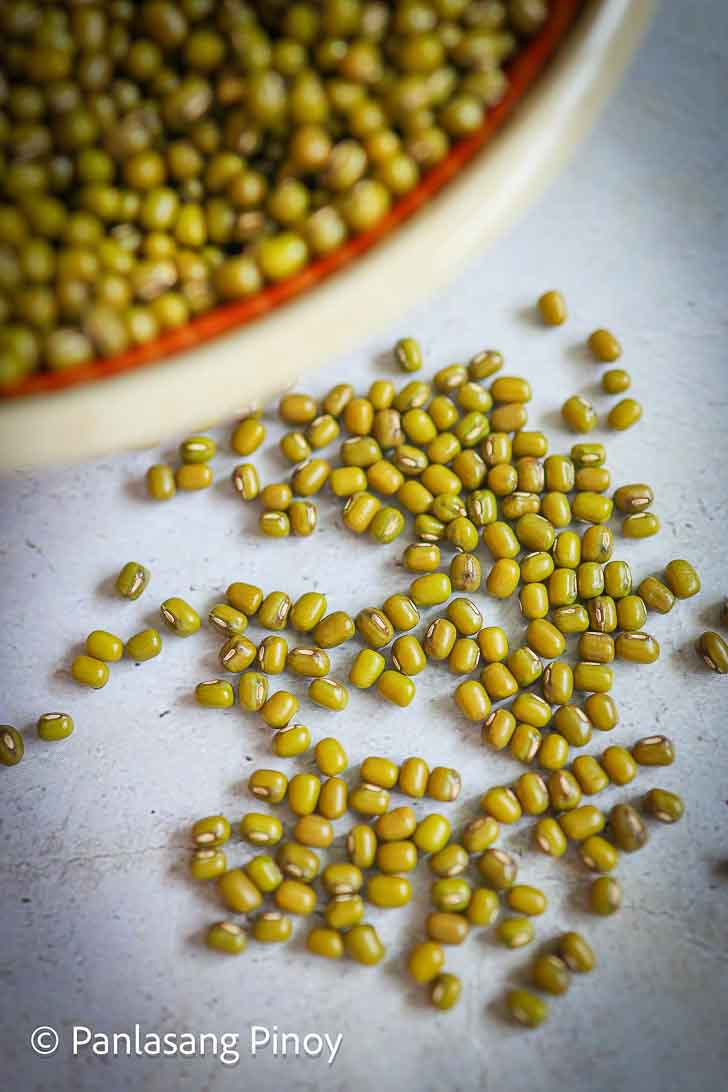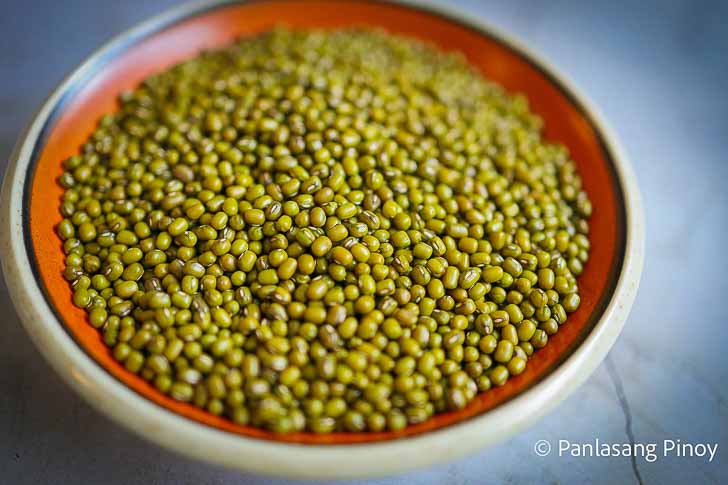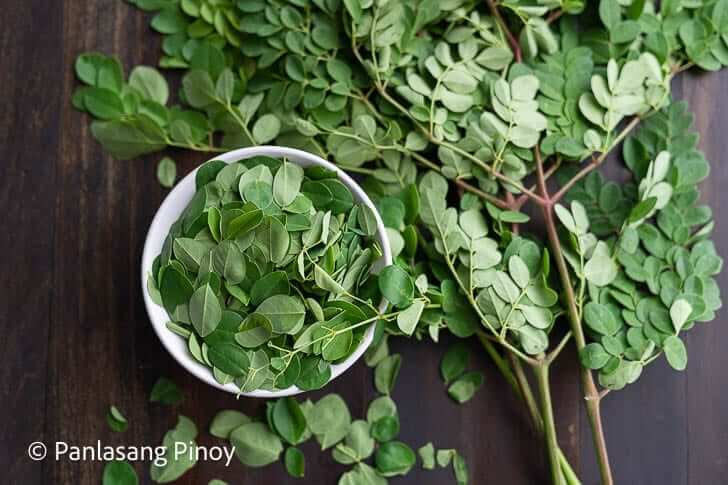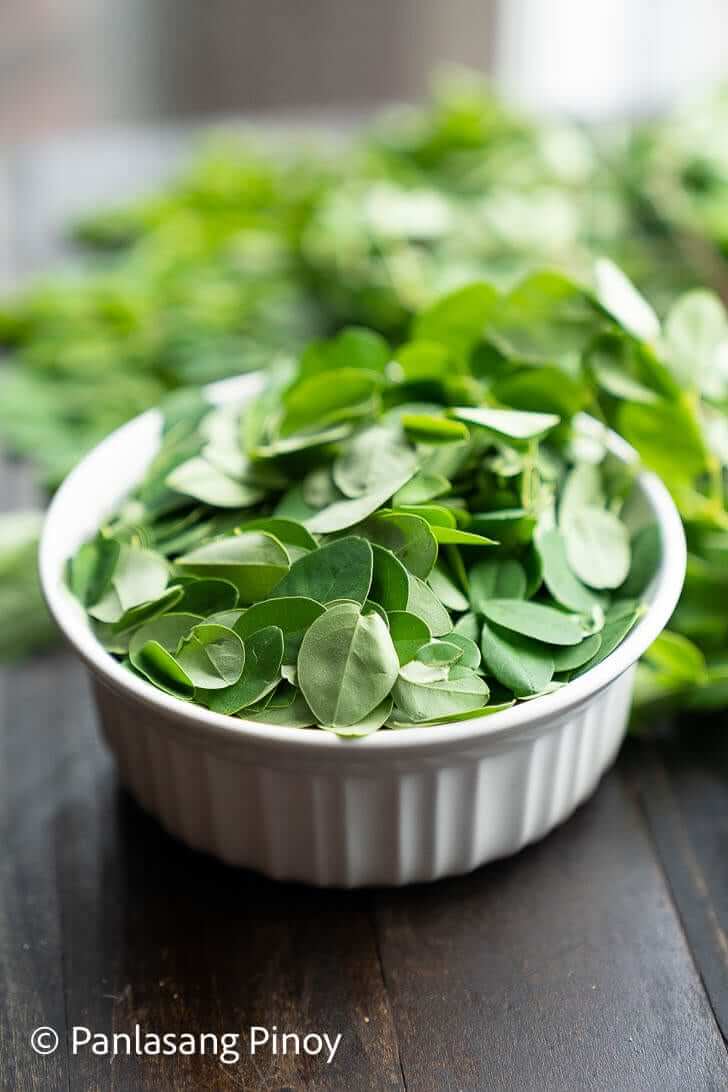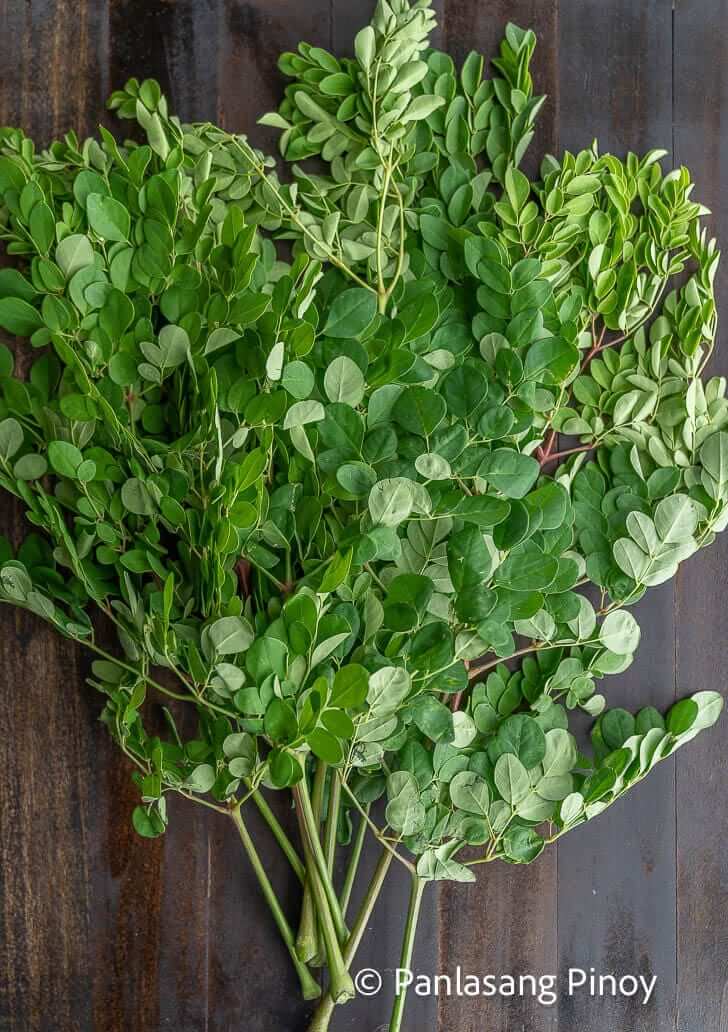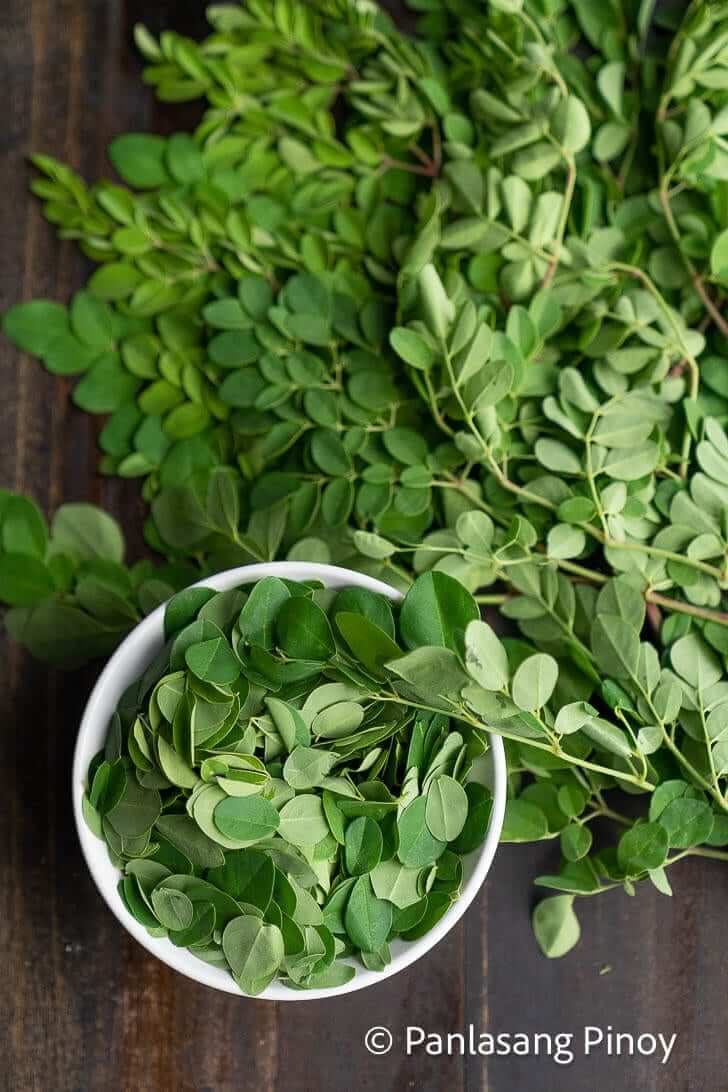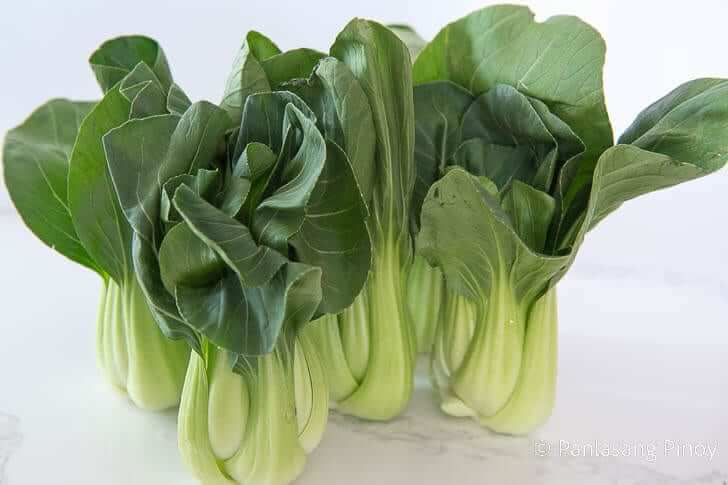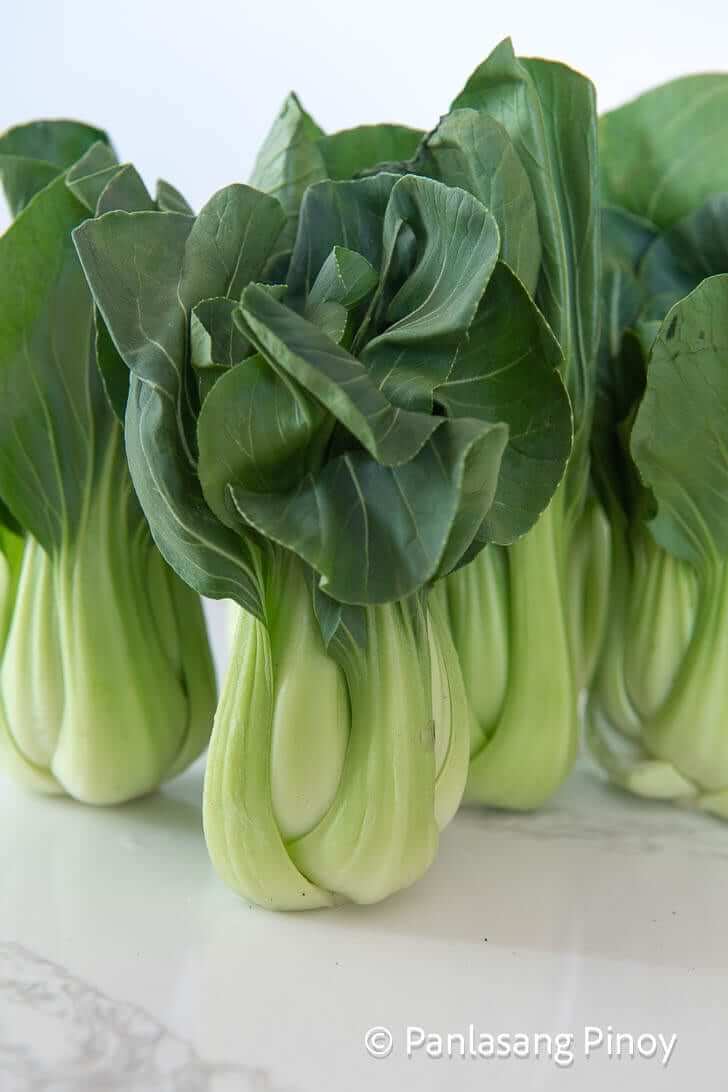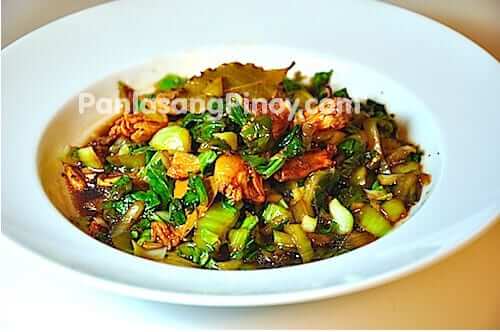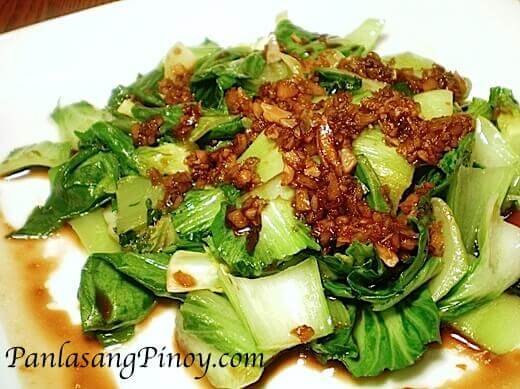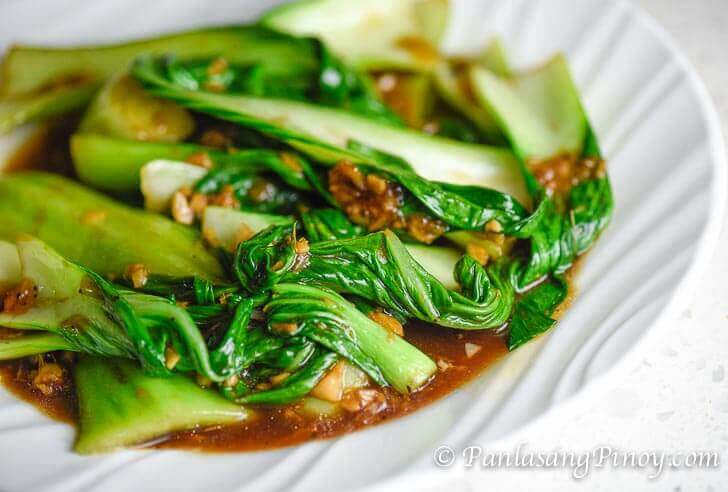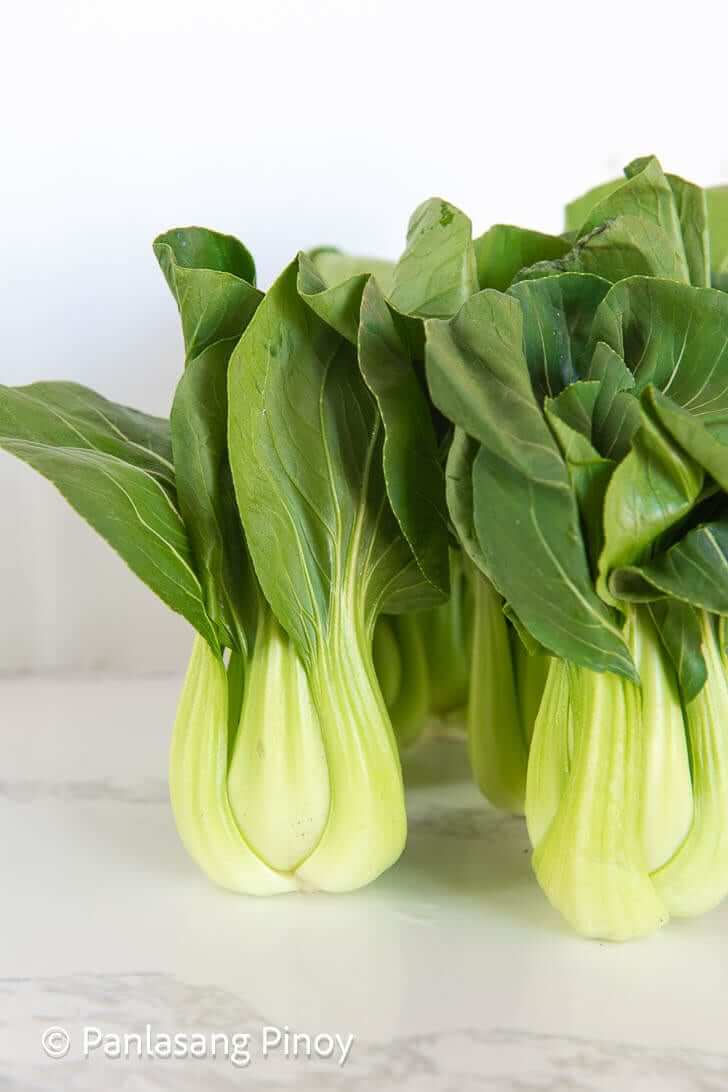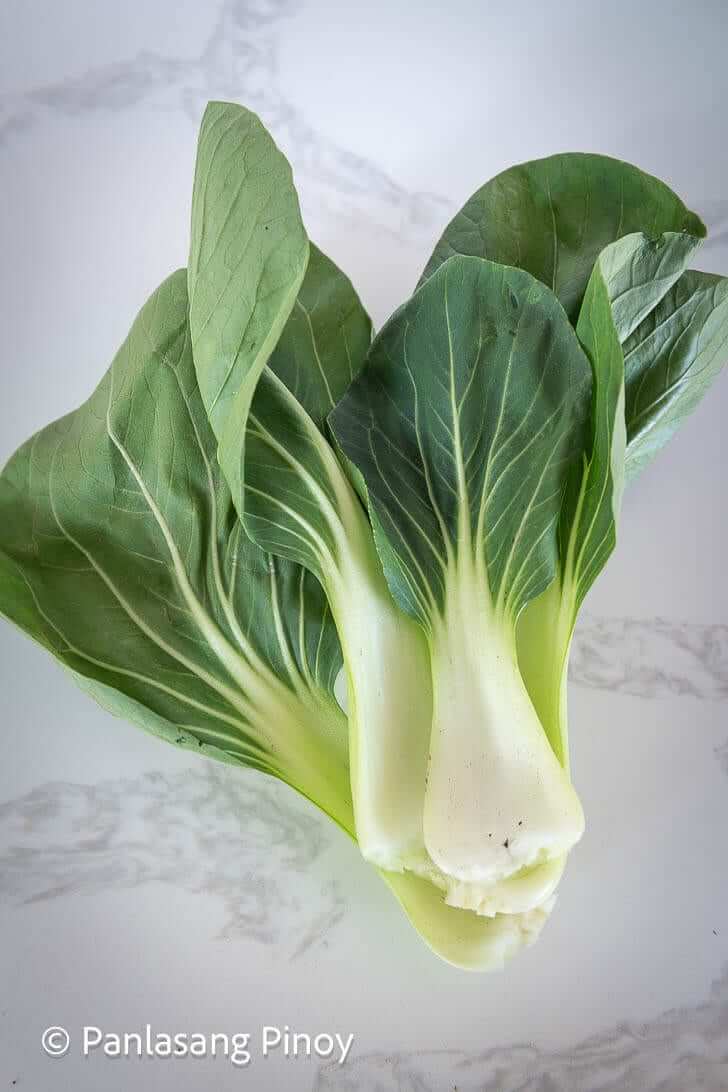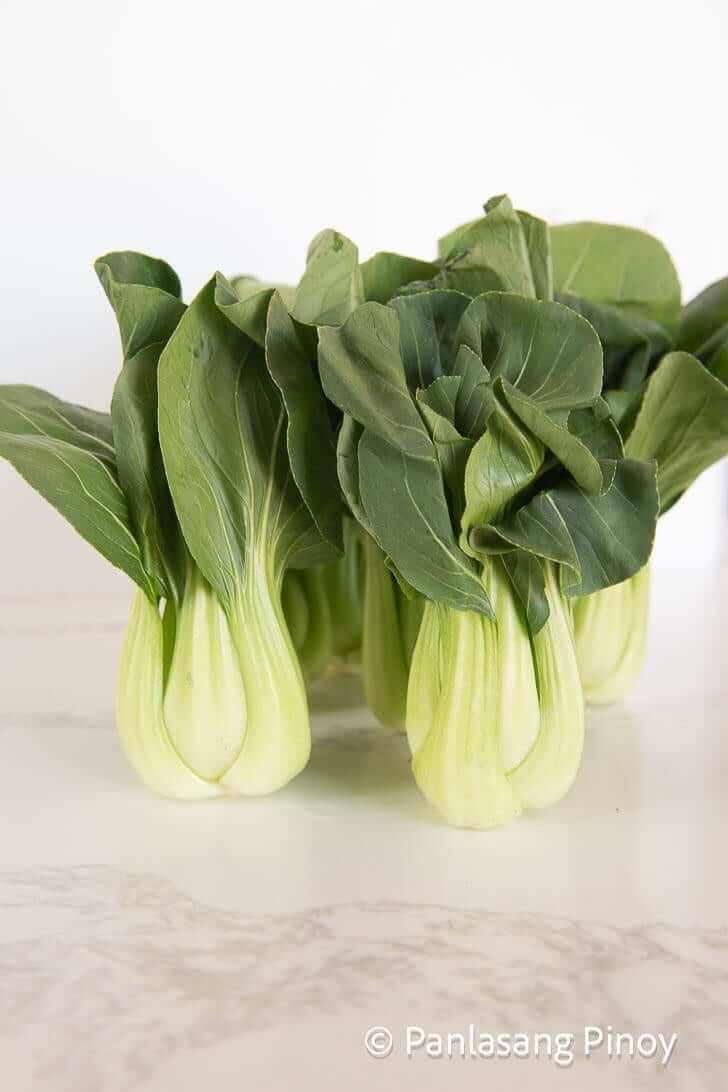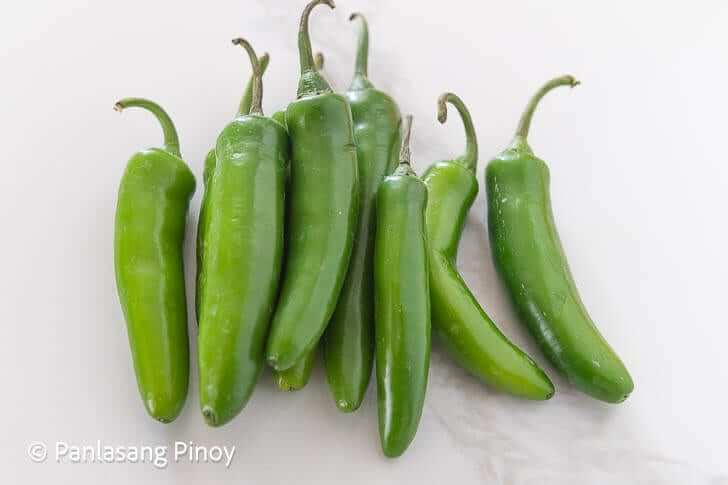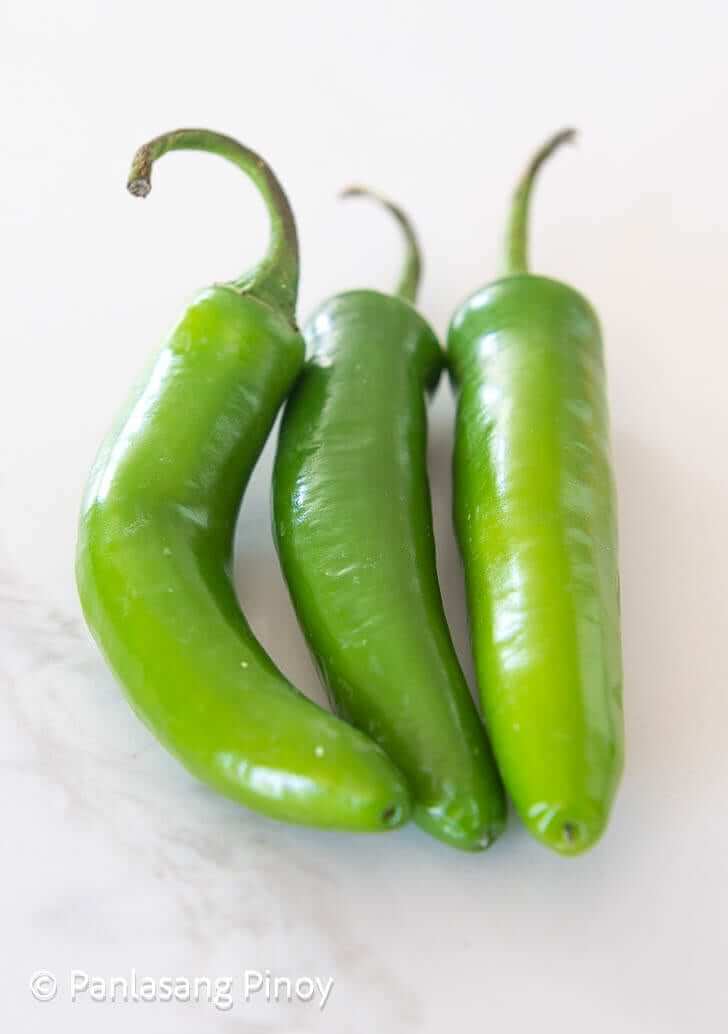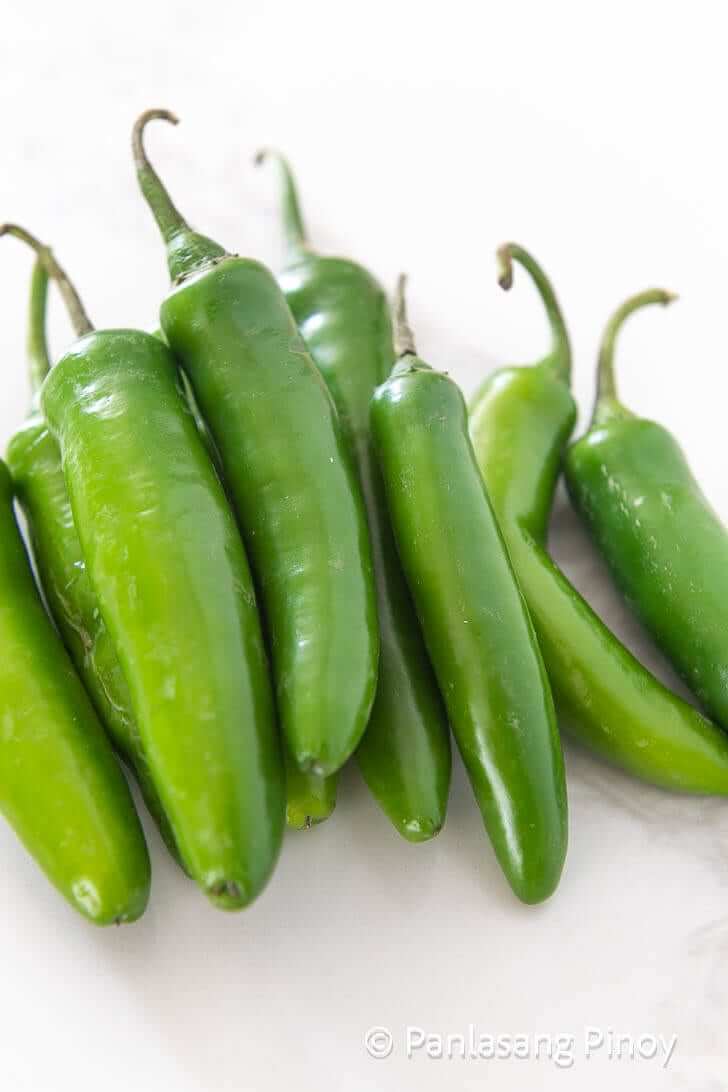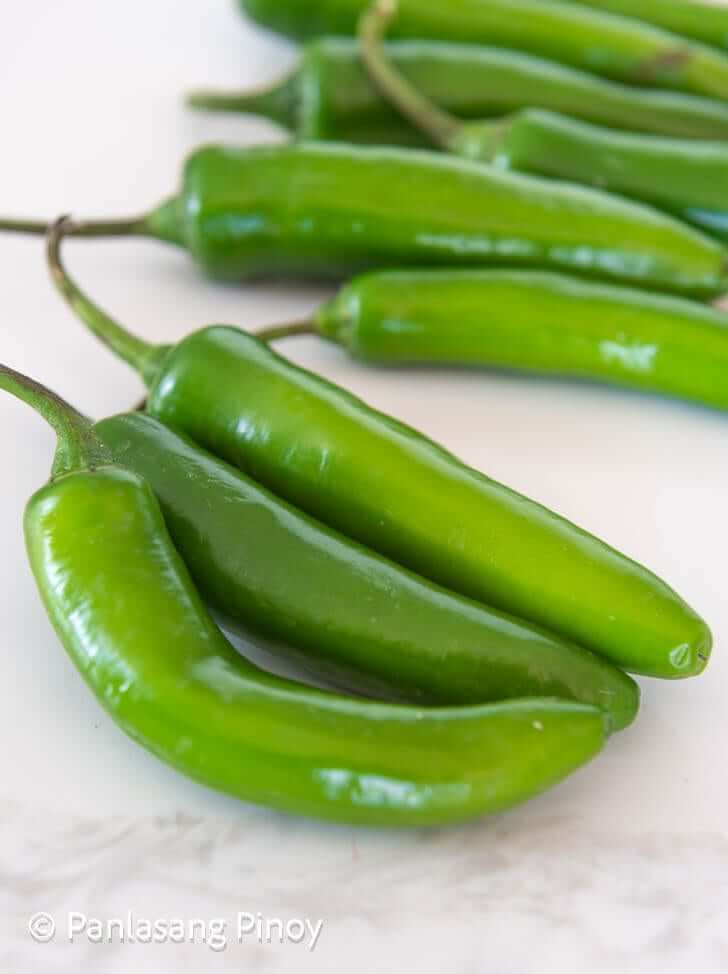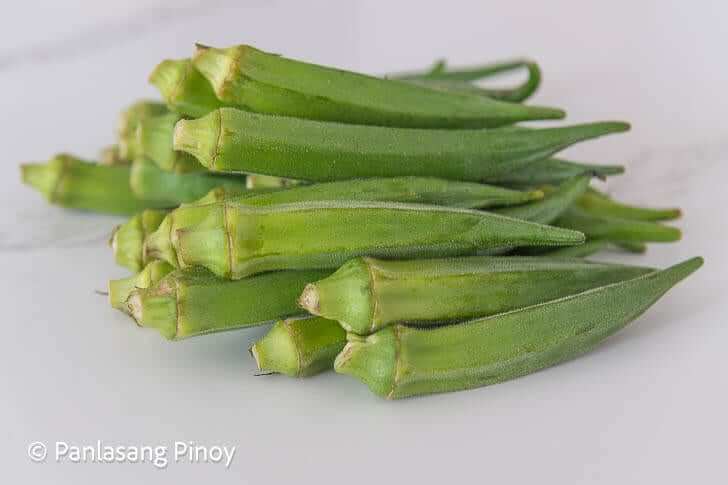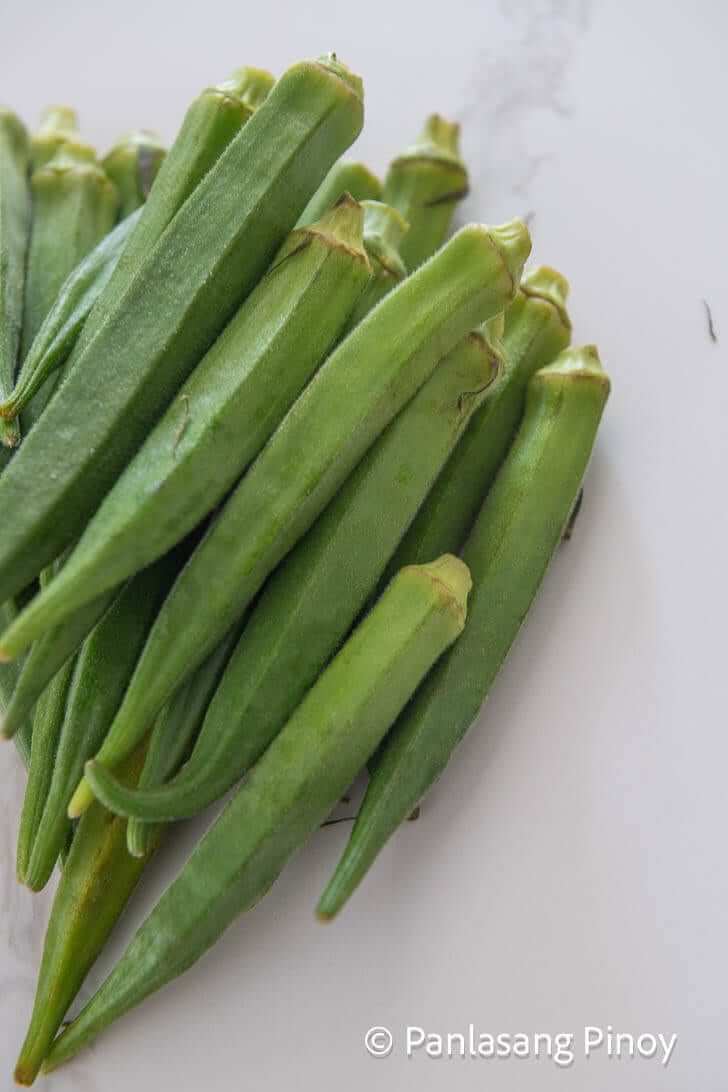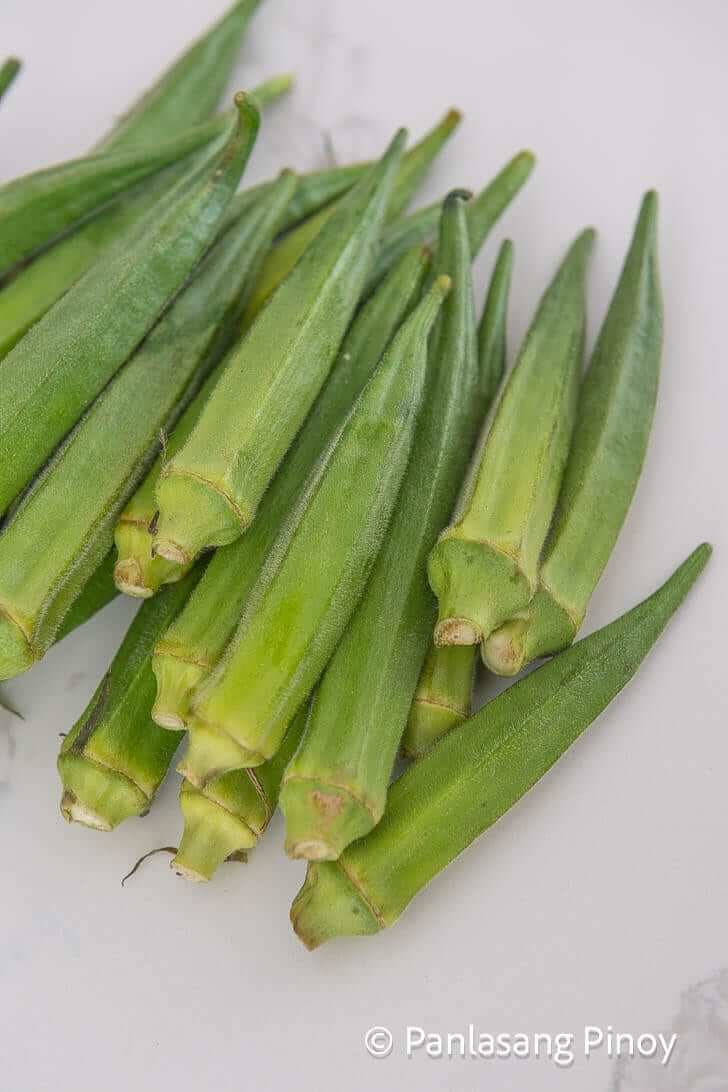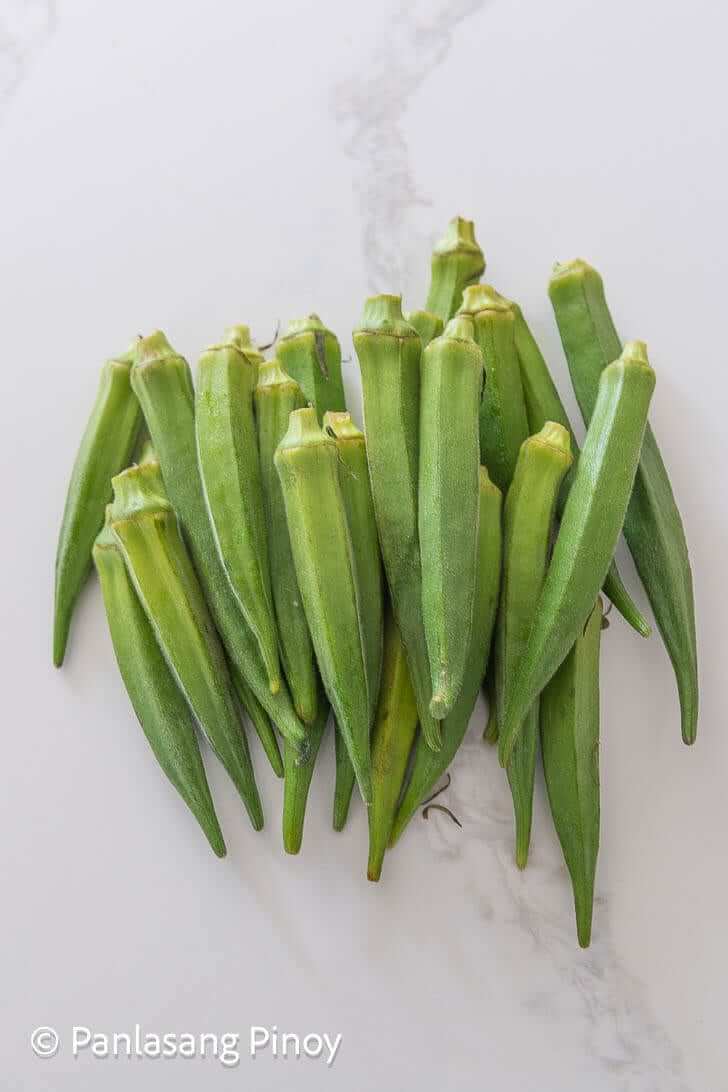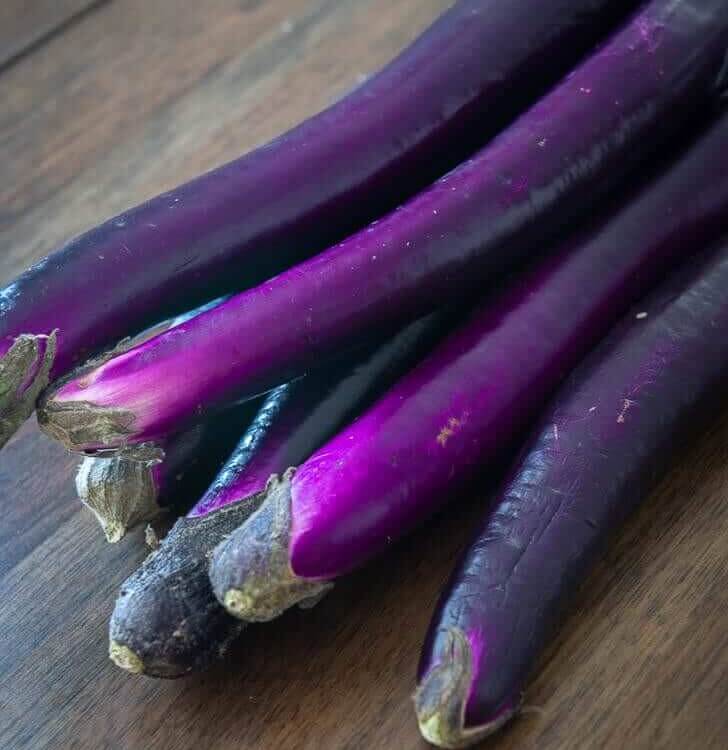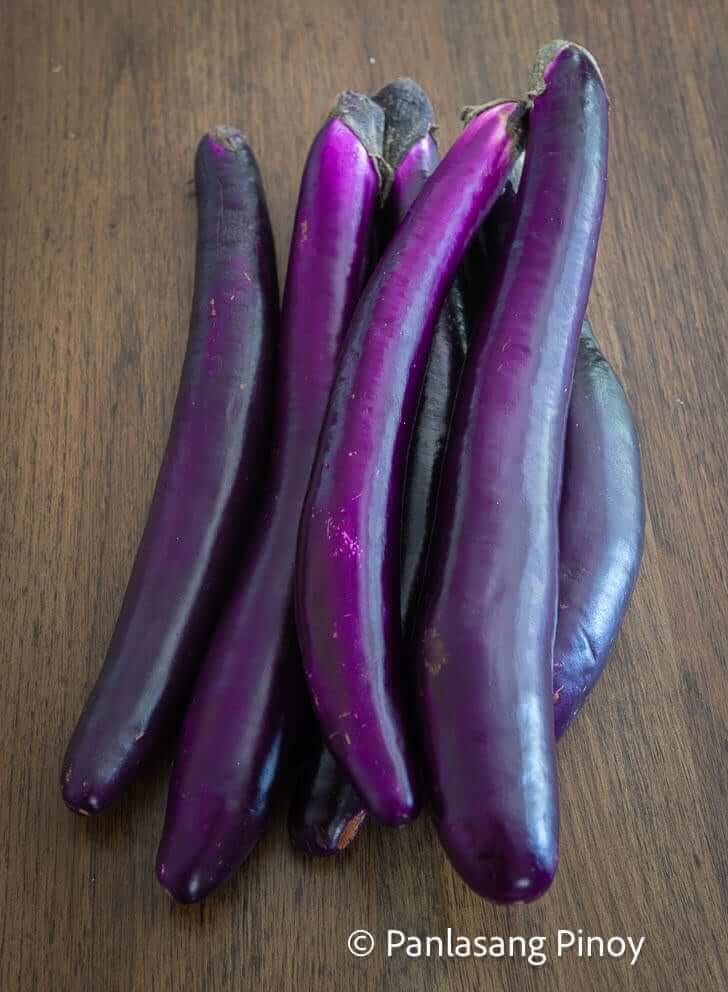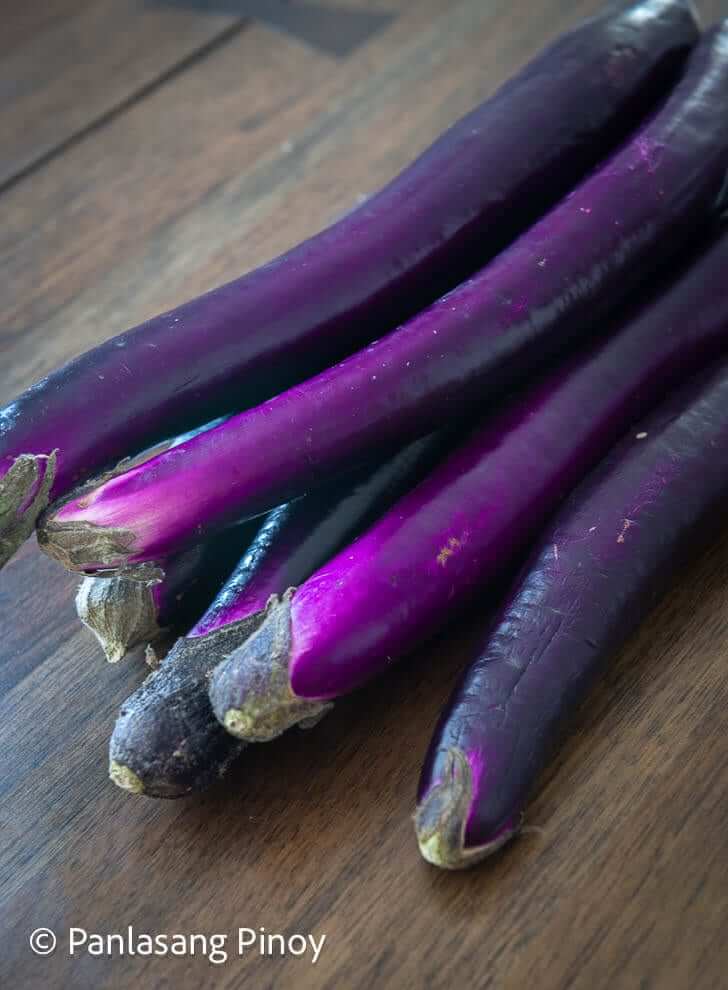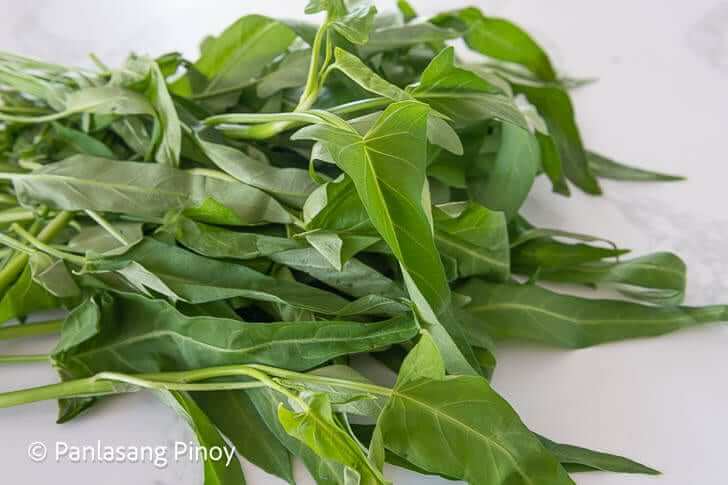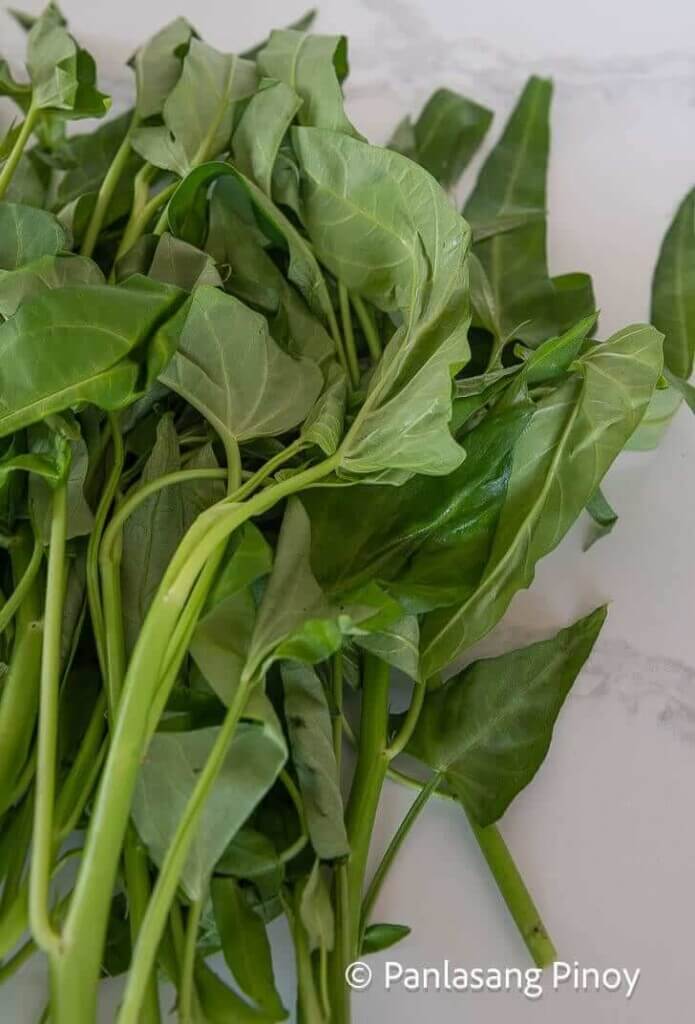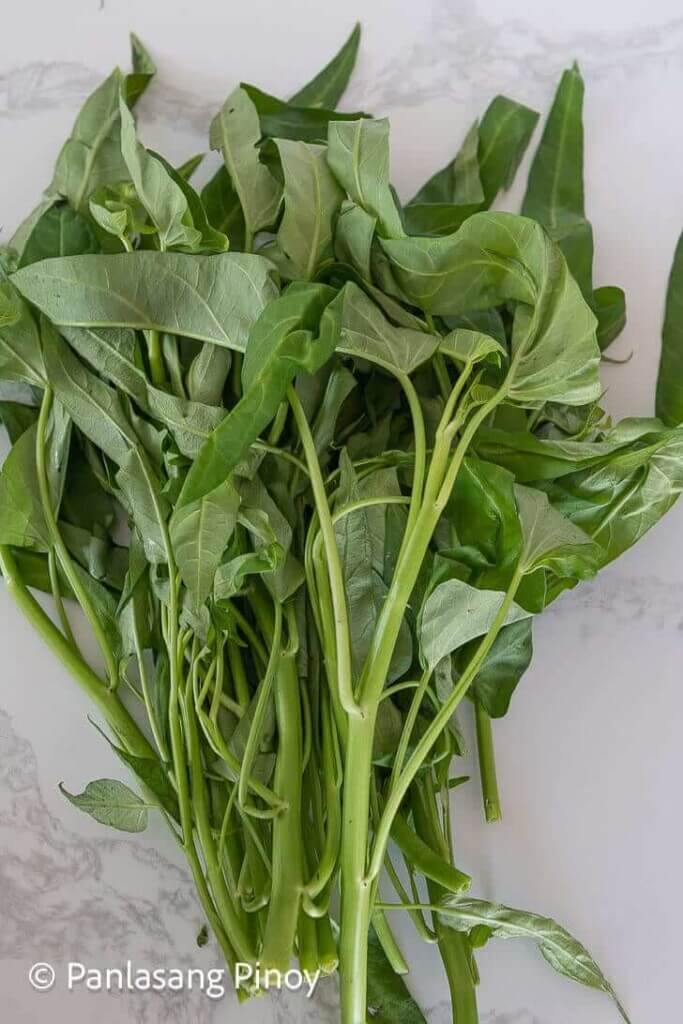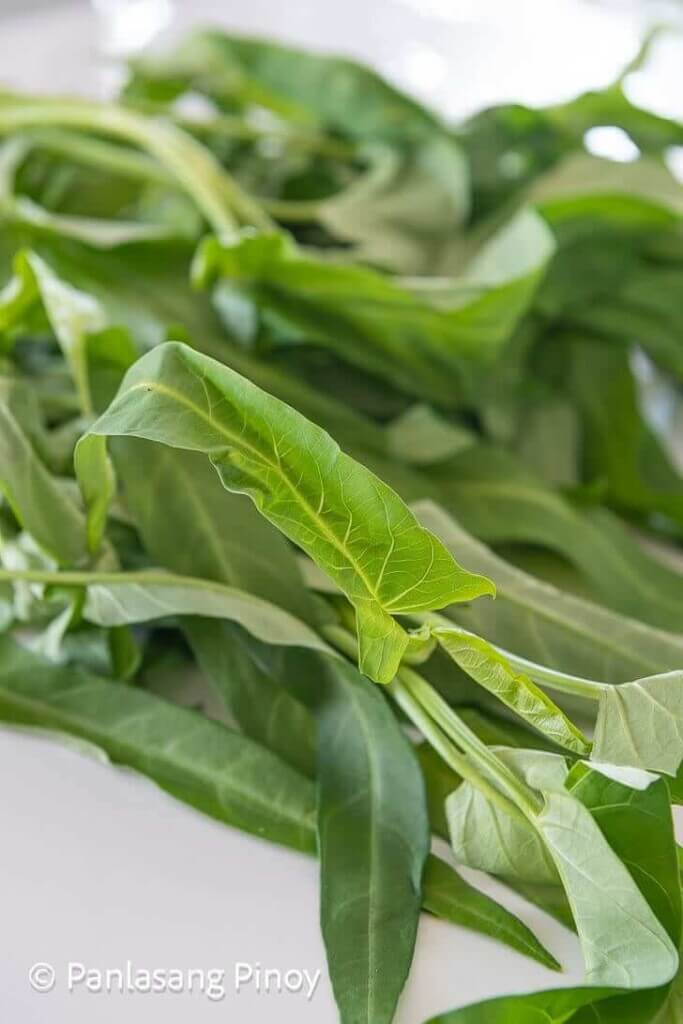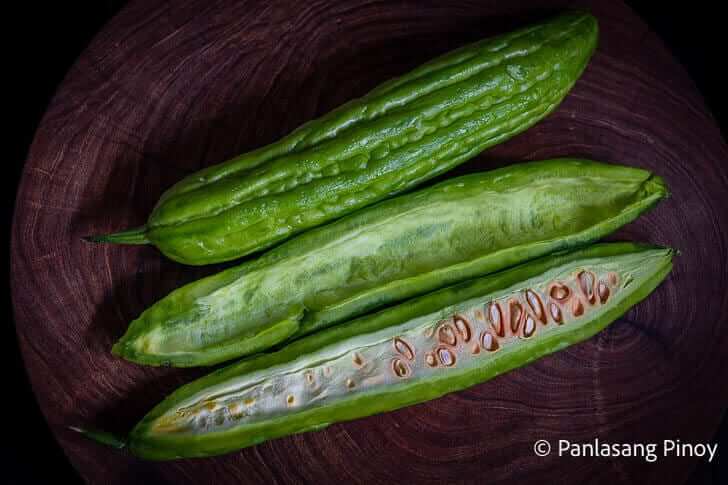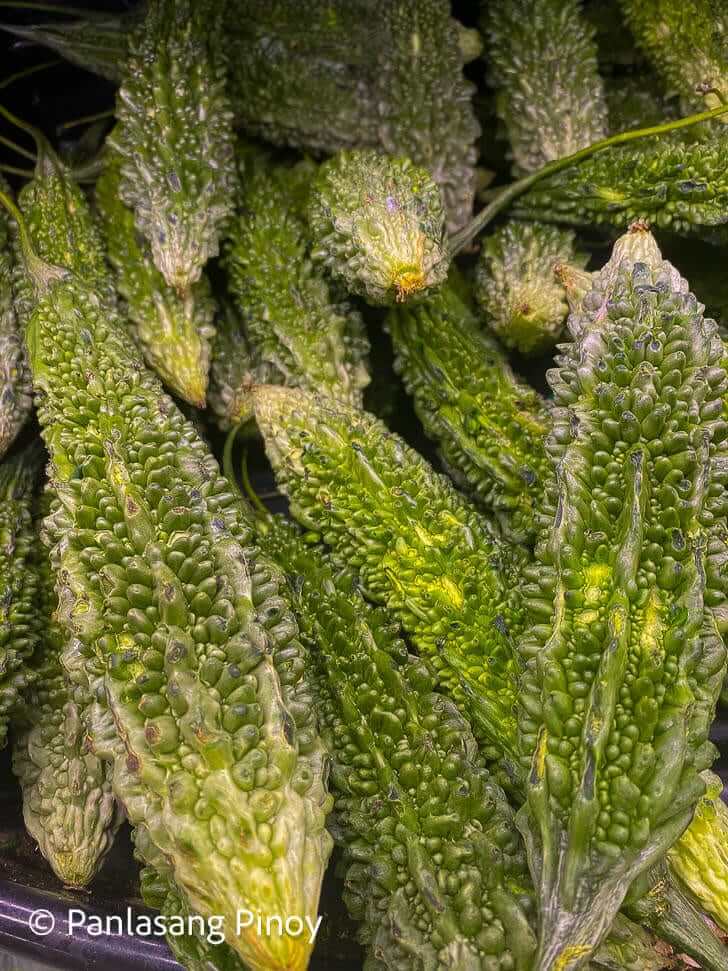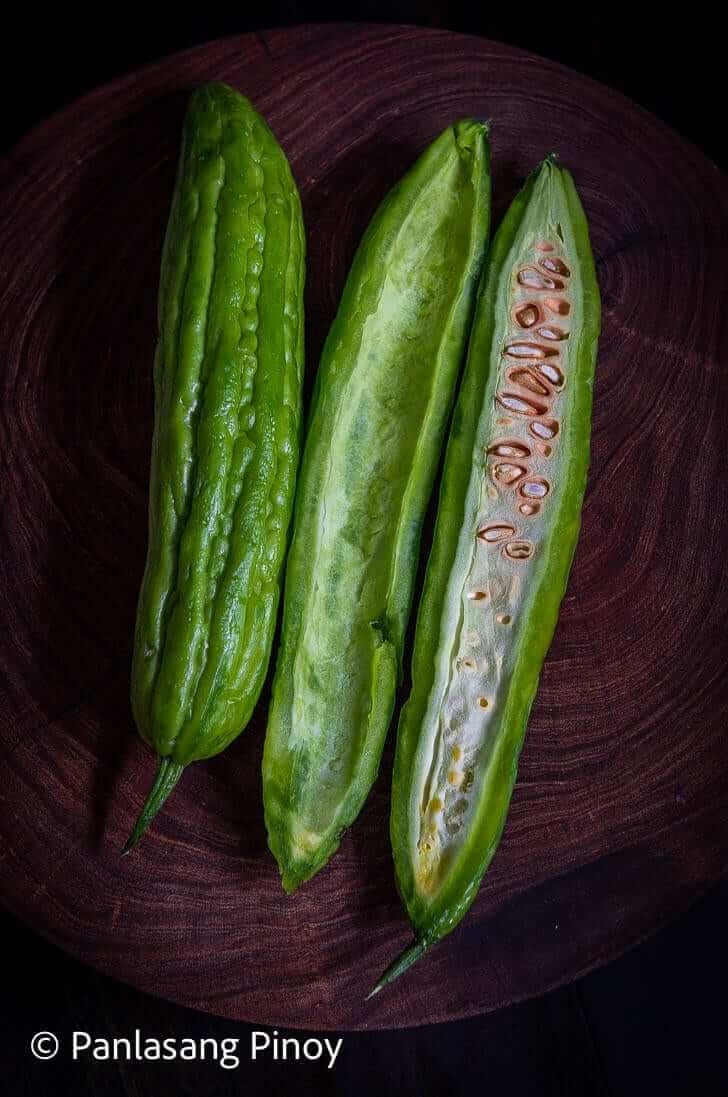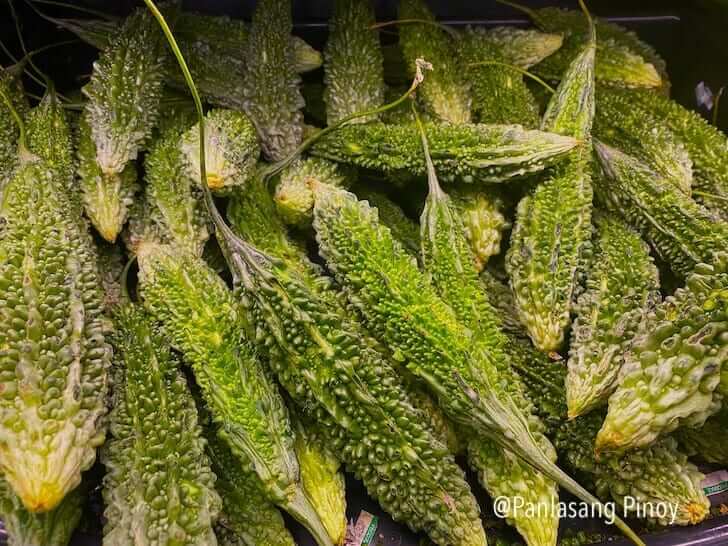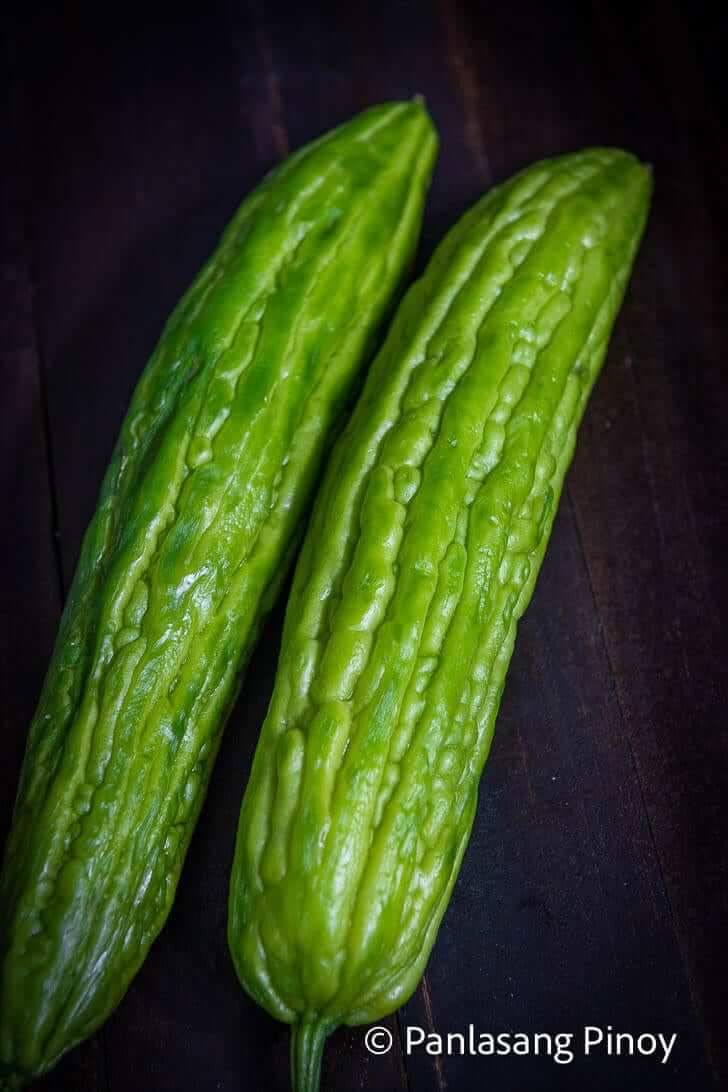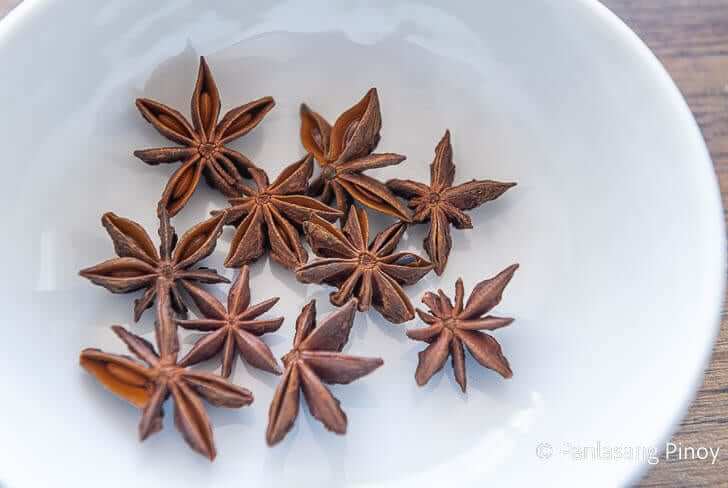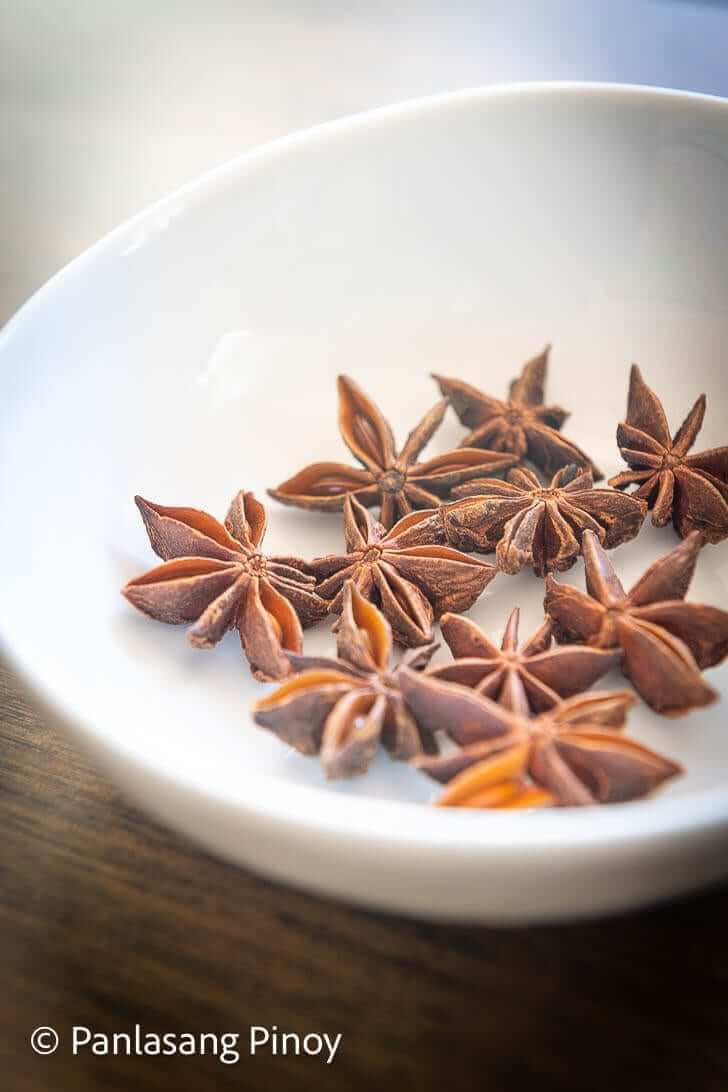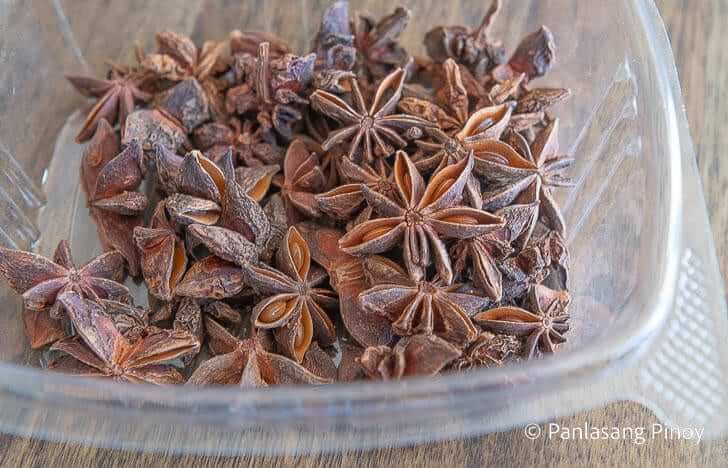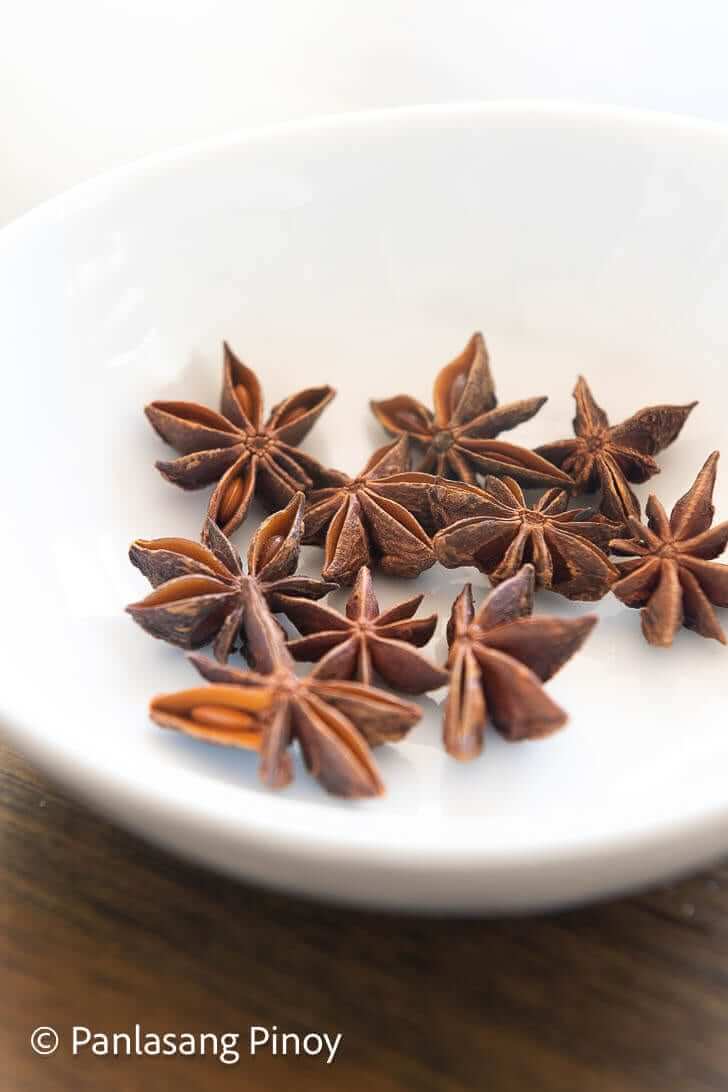String Beans
We often love having our daily share of fresh greens on our plate. And when we think of our beloved greens in Filipino dishes, sitaw often comes to mind. Sitaw or string beans are actually just one of 130 different varieties of green beans. Though they are often mistaken as exactly the same, there are several kinds of green beans in the world that originate from one plant family.
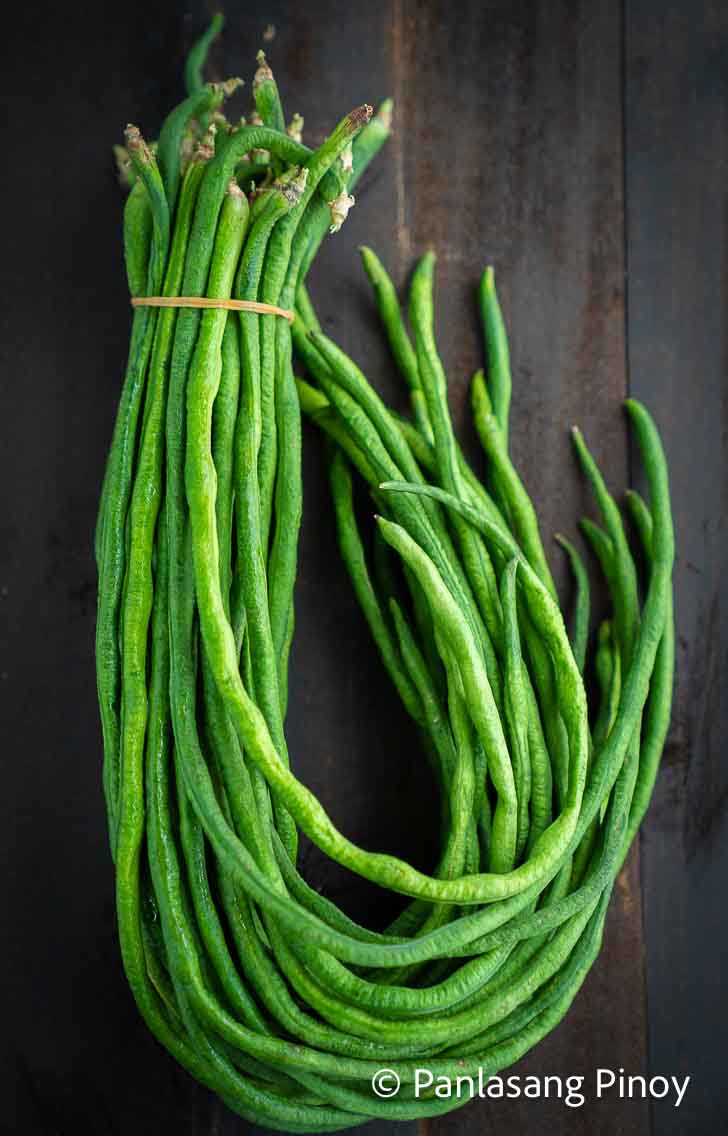
What are string beans exactly?
Snap beans and string beans are recognized under the same name– Phaseolus vulgaris. And you might actually remember this bean family by another title here in the Philippines. They are also known as Baguio beans, named after the iconic mountainous city in the country, best known for being a terrific tourist destination, while also growing great snap beans.
And while we often cook these string beans as we do with vegetables, they are technically fruits like other kinds of green beans. Because they come from the plant’s flower, and contain seeds, they are actually unripe fruit. But what makes them particularly unique as fruits is that they are usually used in cuisine with their outer pods on, and before maturing entirely.
You may also see long strings along these outer pods, and this is where the name “string beans” come from. String beans usually provide a good deal of crunch amid tender textures of meat or some root vegetables, which is why it is so well-used in our cuisine. It blends in nicely with heaps of sapid stew, while making for a highly complementary ingredient in your classic stir-fry.
Because of its wide range of uses, it has become very popular worldwide. But the Philippines, in particular, loves placing a fitting amount of this healthy ingredient in its recipes.
And if you’d like a starter on some of the best sitaw dishes you can try, check out this list:
Ginisang Sitaw (String Bean Sauté)
If you are able to work with just a select few ingredients in the kitchen for lunch or dinner, this String Bean Sauté may just be the perfect option for you! This is arguably one of the best and simplest ways to have your sitaw. With a good share of ground black pepper and fish sauce, we are able to bring flavor into our crunchy string beans.
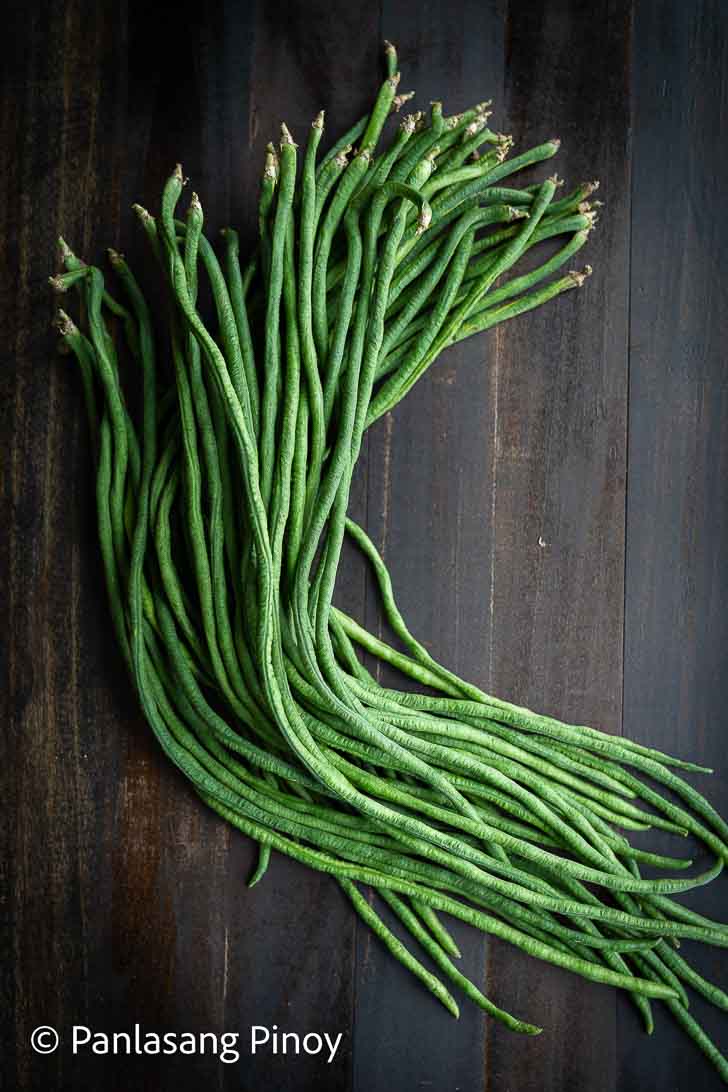
But you’ve also got some rich, flavorful ground pork to grant your body some protein. Altogether, we have an accessible and affordable dish with this recipe that will mostly only take a bit of stir-frying and mixing. Save this recipe for days wherein you may not have a lot of time or ingredients to cook, but still want something simultaneously nutritious and tasty for a meal!
Sautéed Shrimp with String Beans
A crisp batch of string beans can also go great with a protein of milder flavor. This Sautéed Shrimp with String Beans recipe is a refreshing, healthy dish that would taste fantastic with various side dishes. You can try this as a viand by eating it alongside some white rice.
But it also works as a solo dish with appetizing flavors of its own, and a great share of vitamins and minerals for your body. With a good mix of yellow onion, tomato and garlic, we get similar textures to that of a salad but with an abundance of mildly sweet and filling shrimp!
Sautéed String Beans with Chicken
This third recipe shows how versatile sitaw can truly be. After it all, it works excellently with various kinds of meat and protein sources. Switching out your red meat or seafood for some lean white meat can also welcome a different batch of delectable seasonings to liven up your dish. These Sautéed String Beans with Chicken contain lovely dollops of oyster sauce and French fried onion for a hint of sweetness and distinct texture.
And luckily, like the previous recipes, this makes for swift and easy work in the kitchen. This only takes up about a half hour to cook. I also love to have this with some of my favorite condiments. This is why I recommend additionally sprinkling some chili flakes and fish sauce onto this as well.

Pork Ginataan with Squash and String Beans
Serving a fragrant, thick stew of ginataan to the family is one meal option that rarely goes wrong. It often has heaps of flavorful, healthy vegetables, and tender bits of meat to fill your appetite. This Pork Ginataan with Squash and String Beans counts among those tried and tested delicious coconut milk-infused dishes.
And you also have the option of playing around with your ingredients for ginataan. If you’re lacking some bagoong, you can also try out some salt or fish sauce to spruce up the dish’s flavor.
Adobong Sitaw
There are plenty of dishes in Filipino cuisine that have made their mark on the rest of the world. Among these is the iconic Adobo that has made waves for its distinct sour and savory taste. And while it is often cooked with pork or chicken as the hero ingredient, you can give this Adobong Sitaw a try to see string beans shine under the flavors of rich soy sauce and vinegar.
And while this recipe utilizes pork belly, you can still maintain that signature flavorful adobo taste without the meat. Try removing the pork for this dish if you’re looking for a vegan alternative. I also love this recipe for how it can encapsulate the most complex of flavors in one dish that you can make in 35 minutes. If you don’t believe me, try it out in the kitchen for yourself!
These dishes are only a few of many you can try out with string beans. As I previously mentioned, this is an ingredient that works exquisitely under varying flavor palates. And we are lucky it does because integrating some sitaw in your diet could do a great deal for your body.
Here are just a couple of health benefits that come from eating sitaw:
With string beans often being mistaken for vegetables, it probably comes as no surprise that they are filled with much-needed nutrients. It is a great source of Vitamin K. This helps in your body’s calcium absorption, while making sure that your urinary excretion of calcium is lower. But string beans also contain a good deal of Vitamin A, C, folic acid, and fiber, among many other nutrients.
Moreover, this ingredient is free of some components that could have adverse effects on your body. Green beans, in general, have no cholesterol, unlike many other foods. By keeping your cholesterol low, you can help prevent a stroke or a heart attack. This is because high cholesterol can cause fat deposits to build in your arteries. Sitaw also has very low sodium content, which can help keep you away from high blood pressure.
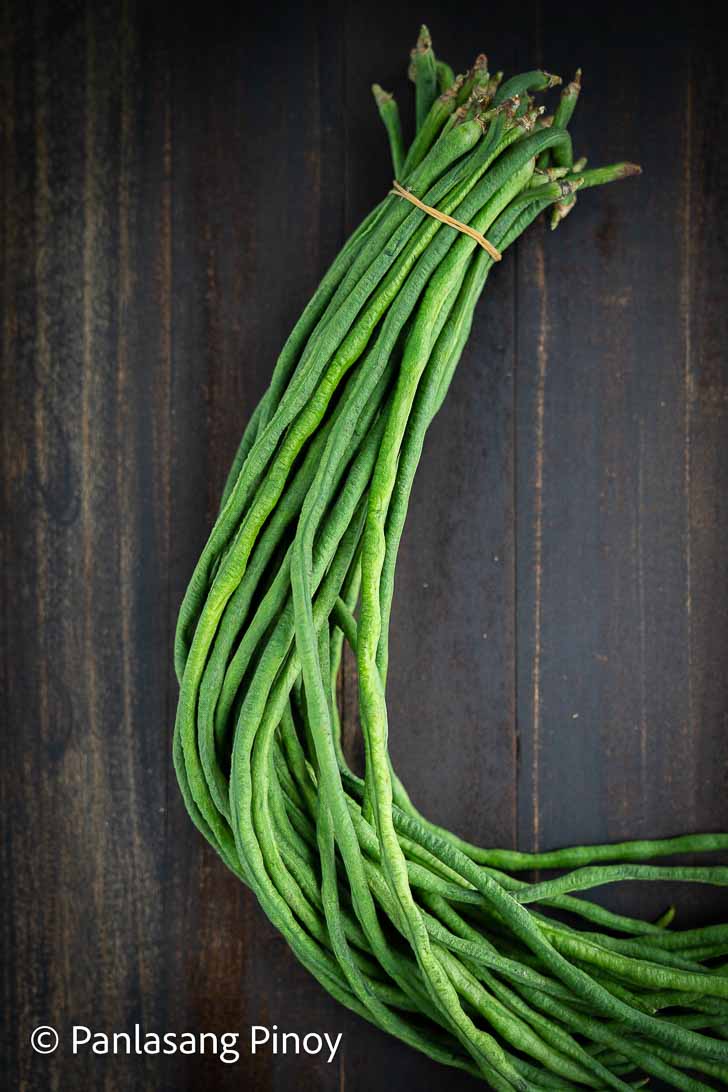
And if you’re hoping to eat more food that’ll help maintain your immune system, string beans can also be a great option. It is rich in protein, which not only keeps the immune system healthy, but also your hair, bones and muscles. You can also find a large deal of fiber in sitaw. Among the benefits of fiber is its ability to reduce LDL cholesterol or bad cholesterol levels, and keep your heart healthy.
But if you want to make the most of these healthy green beans, you should keep an eye out for the right kind to buy. And of course, it’s essential to know just how to store these in your kitchen fresh!
Keep reading for some pointers on picking and storage of string beans:
Like most other greens, it would be best to search for sitaw without any blemishes of black spots. Also go for those with a bright green color. And choose string beans that are on the tougher side, and aren’t flimsy. These are important determinants of the green beans’ freshness. And the fresher it is, the more likely you are to get the most nutrients out of them.
And once you’ve bought them, it is best to eat or cook them as soon as you can. You may be able to reap the most of the sitaw’s health benefits this way. But if you’re saving them for another day, there are ways to keep them as fresh as possible as you store them.
Firstly, you shouldn’t thaw frozen green beans so the vitamins and various nutrients in them won’t lessen. If you have a plastic bag, it would be ideal to place your string beans inside it. Afterwards, place this in your refrigerator, and cook or eat in one week.
But if you find yourself missing a couple of string beans for your ideal recipe, there are similar ingredients you could also utilize.
Let me introduce you to some good alternatives to sitaw:
While string beans count as a commonly used, and fairly accessible ingredient, there may be days where they are harder to get ahold of. In cases like these, you can opt to cook with slim stalks of asparagus. They both tend to have a somewhat woody texture, as well as alike shape. This makes it easy to adjust them to your string beans recipe in mind. But be warned that asparagus tends to hold a stronger, somewhat bitter taste.
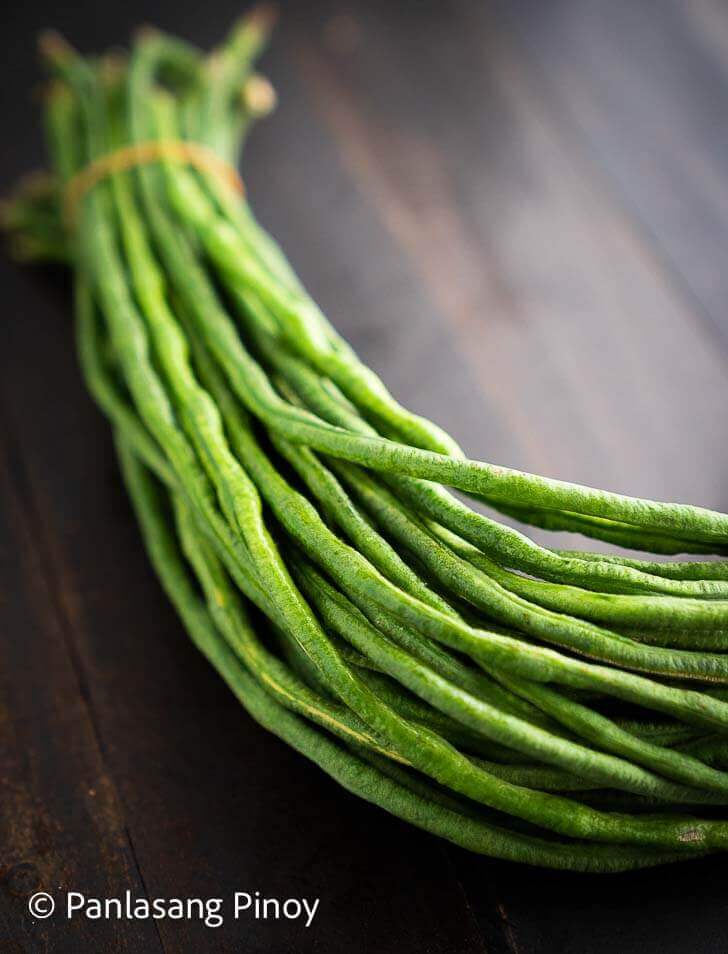
You can also try to use yard long beans. But make sure to cut them up in 1 ½ inch parts so as to mimic the sitaw’s shape. Due to their flavors being alike, this makes for another fitting substitute. You can also try using wax beans, which tends to taste a bit more nutty. They also possess a yellow hue. This could shift the presentation of your meal if you are leaning towards a green tone. Nonetheless, their flavors are close to one another, which is why it can also take the place of sitaw in your dish.
Learn anything new about string beans? Let us know what you thought in the comments below, and state any questions you might have as well!
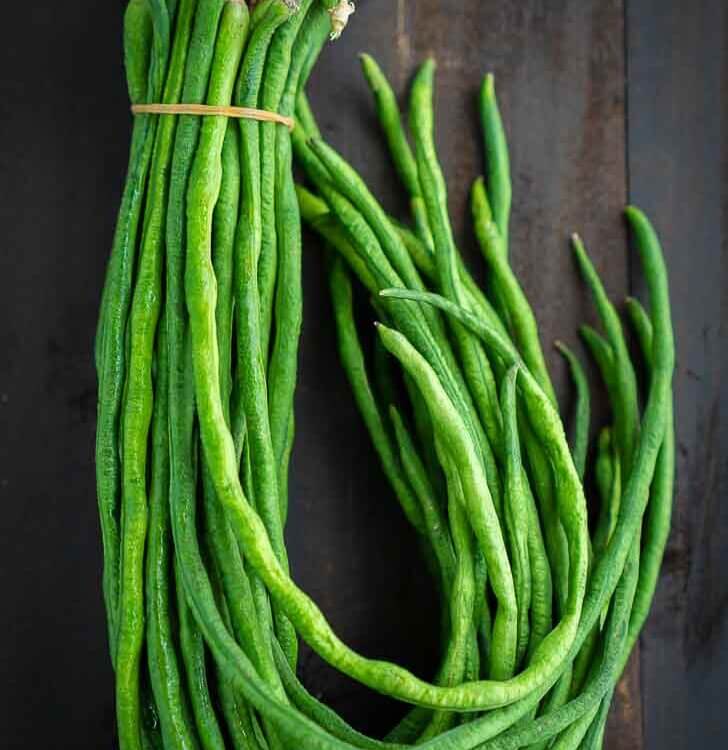
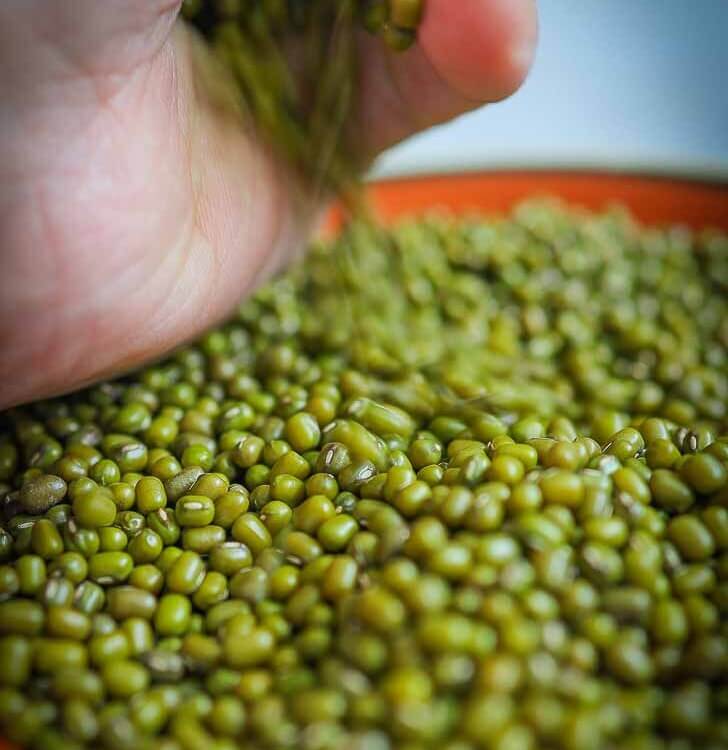
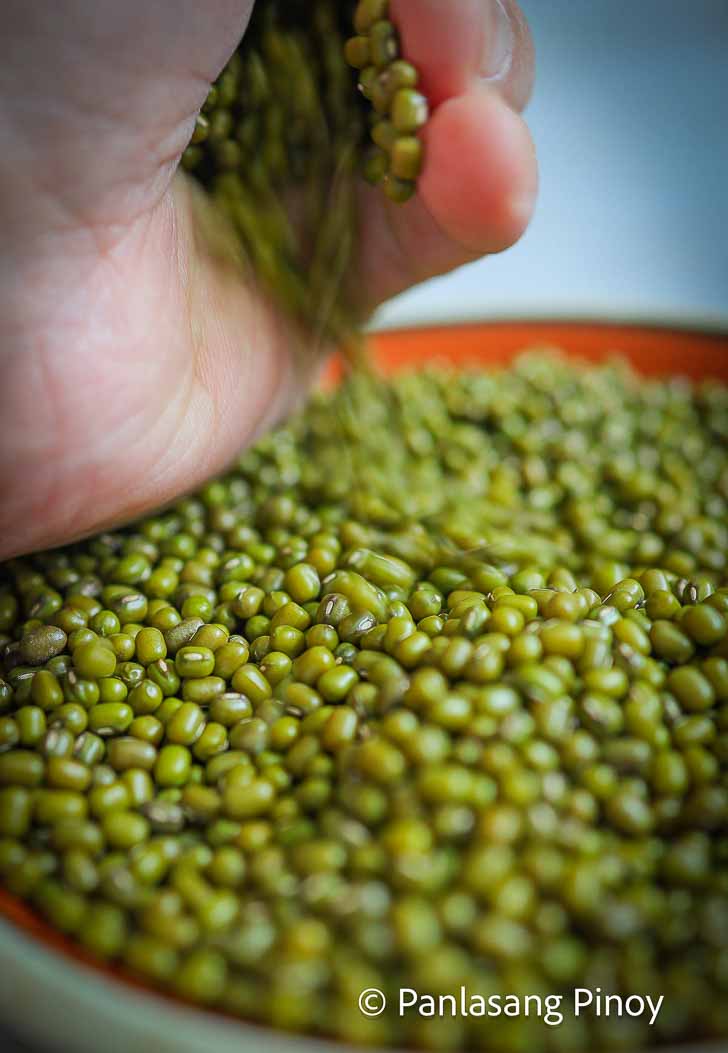
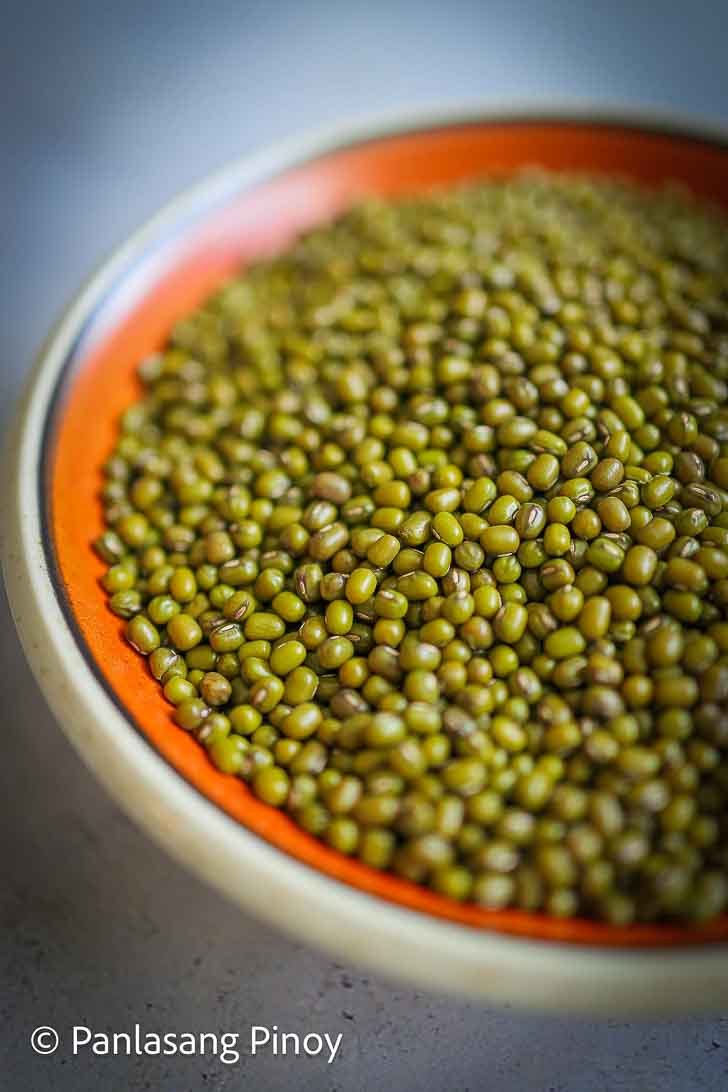 For Filipino food, you can often find the entire bean with a green husk coating it as a main ingredient. However, they can also come in other variations. Moong dal or split mung beans are utilized largely in Indian cuisine. For this, we would have to split the monggo into two, and take out the green husk. These are convenient for usage, as they are quicker to cook. But they have less of the signature fiber of a regular mung bean.
For Filipino food, you can often find the entire bean with a green husk coating it as a main ingredient. However, they can also come in other variations. Moong dal or split mung beans are utilized largely in Indian cuisine. For this, we would have to split the monggo into two, and take out the green husk. These are convenient for usage, as they are quicker to cook. But they have less of the signature fiber of a regular mung bean.